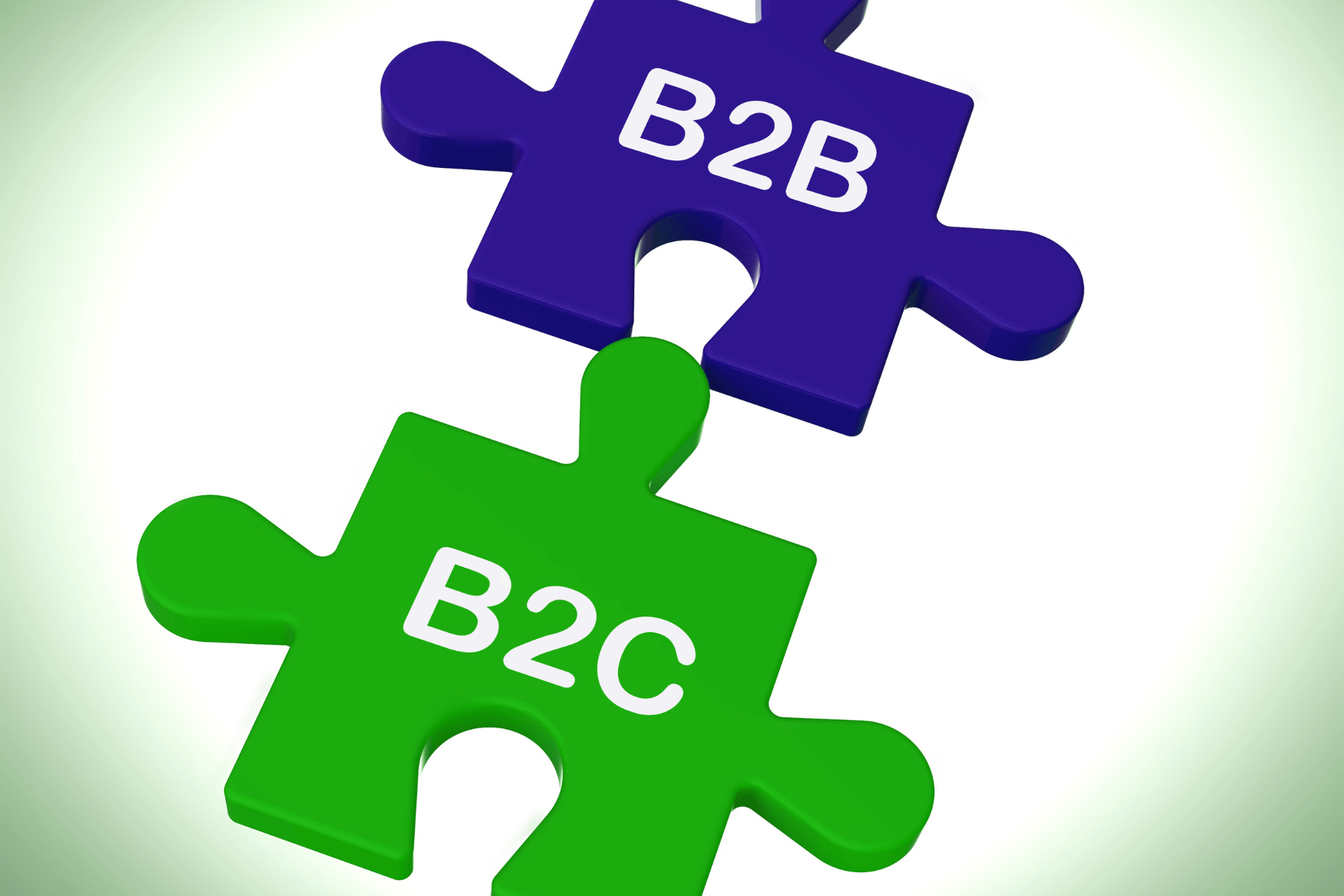In the dynamic landscape of commerce, the rise of B2B eCommerce is reshaping the way businesses engage in transactions. B2B eCommerce, or business-to-business electronic commerce, involves the exchange of products and services between business entities through online channels. This paradigm shift has seen companies embrace digital platforms to streamline operations, reduce costs, and enhance efficiency. Let’s delve into the world of B2B eCommerce, exploring its nuances, benefits, differences from B2C eCommerce, common types, and the associated advantages and disadvantages.
Understanding B2B eCommerce
Definition and Evolution: B2B eCommerce is the acronym for business-to-business electronic commerce, marking a departure from traditional sales methods. Instead of relying on outbound sales techniques like cold calls, businesses are now leveraging online portals for transactions with other organizational clients. This shift is fueled by technological advancements, changes in business trends, and the increasing prevalence of mobile devices.
Benefits of B2B eCommerce
The global B2B eCommerce revenue is on a significant upward trajectory, with an annual growth rate of 17.5% projected between 2020 and 2027. Several factors contribute to this trend:
- Rapid Changes in Business Trends:
- Technological advances have compelled both multinational corporations and SMEs to establish an online presence, reaching more potential customers and retaining existing ones.
- Popularity of Mobile Devices:
- With the fast-paced nature of business, the convenience of performing transactions through smartphones or tablets has become paramount, reducing the time involved in placing, managing, and processing orders.
- Reduction in Overhead Costs:
- The outbreak of the Covid-19 epidemic in 2020 heightened financial challenges for businesses. Online presence proves to be a cost-effective solution, eliminating significant expenses such as exorbitant rents or labor costs.
B2B vs. B2C eCommerce: Key Differences
- Impulsive and Sensible Purchases:
- B2C transactions are characterized by impulsive and infrequent purchases, driven by incentives like discounts or free shipping. In contrast, B2B purchases are well-planned and recurring.
- Single and Multiple Decision Makers:
- B2C decisions are independently made, while B2B purchases involve a complex process, requiring approval from multiple stakeholders or different departments.
- Short-term and Long-standing Relationships:
- B2C consumers may not establish permanent relations with providers, whereas B2B clients seek to build close and long-term associations with suppliers.
- Non-negotiable and Negotiable Prices:
- B2C buyers often pay fixed prices, while B2B customers negotiate prices based on quantities, location, and partnerships.
- Payment Time:
- B2C customers usually pay before delivery, while B2B clients adhere to prescribed provisions, often completing payments within 30 days after goods are shipped.
- Supply Chains:
- B2B supply chains are shorter, involving manufacturers, wholesalers, and distributors, while B2C supply chains engage more entities before reaching end consumers.
- B2B supply chains are shorter, involving manufacturers, wholesalers, and distributors, while B2C supply chains engage more entities before reaching end consumers.
Common Types of B2B eCommerce

- B2B2B:
- Involves a producer and a retailer, with additional organizational customers such as distributors and wholesalers.
- B2B2C:
- Expand the B2B chain to include direct sales to end consumers, ensuring finished products reach the right users.
- B2M (Business-to-Many):
- Targets both enterprises and consumers, facilitating the advertisement of products to multiple target segments.
- B2E (Business-to-Employee):
- Serves employees with products and services through internal portals, enhancing engagement and reducing turnover.
- B2G (Business-to-Government):
- Involves firms offering products and services to governmental bodies, such as IT agencies developing web apps for local and federal authorities.
Advantages and Disadvantages of B2B eCommerce

Advantages:
- Cost Reduction:
- B2B eCommerce diminishes operational costs, including employee salaries and traditional marketing expenses.
- Decreased Customer Costs:
- Businesses can offer lower prices for large orders, benefiting B2B clients.
- Sales Boost and Brand Development:
- B2B eCommerce provides a powerful channel for companies to increase sales, enhance brand visibility, and foster business development.
- Inbound Sales Strategies:
- Digital marketing enhances website traffic, allowing businesses to approach new target customers.
- Data Administration:
- Online portals serve as effective channels for managing supplier and consumer data, enabling informed decisions and product improvements.
Disadvantages:
- High Initial Investments:
- Building B2B-oriented websites or eCommerce software may require substantial investments in large databases with high security.
- Transition Challenges:
- Transitioning from traditional sales solutions to eCommerce requires time and training for effective management, potentially necessitating the hiring of a dedicated marketing team.
- Cybersecurity Concerns:
- Web-based sales are vulnerable to cybercrime, including data theft, illegal invasion, and potential system lag.
Conclusion
In conclusion, the evolution of B2B eCommerce is reshaping the business landscape, offering numerous benefits while presenting some challenges. The ongoing shift from traditional sales channels to online platforms is undeniable, with the potential to shape the future of commerce. Businesses must navigate the landscape carefully, leveraging the advantages while mitigating the challenges posed by the digital paradigm.
For further inquiries or to explore how B2B eCommerce can transform your business, feel free to reach out to us. Our team is dedicated to providing tailored solutions to meet your unique needs and propel your business into the digital future. Embrace the possibilities of B2B eCommerce, and let us guide you on this transformative journey.



